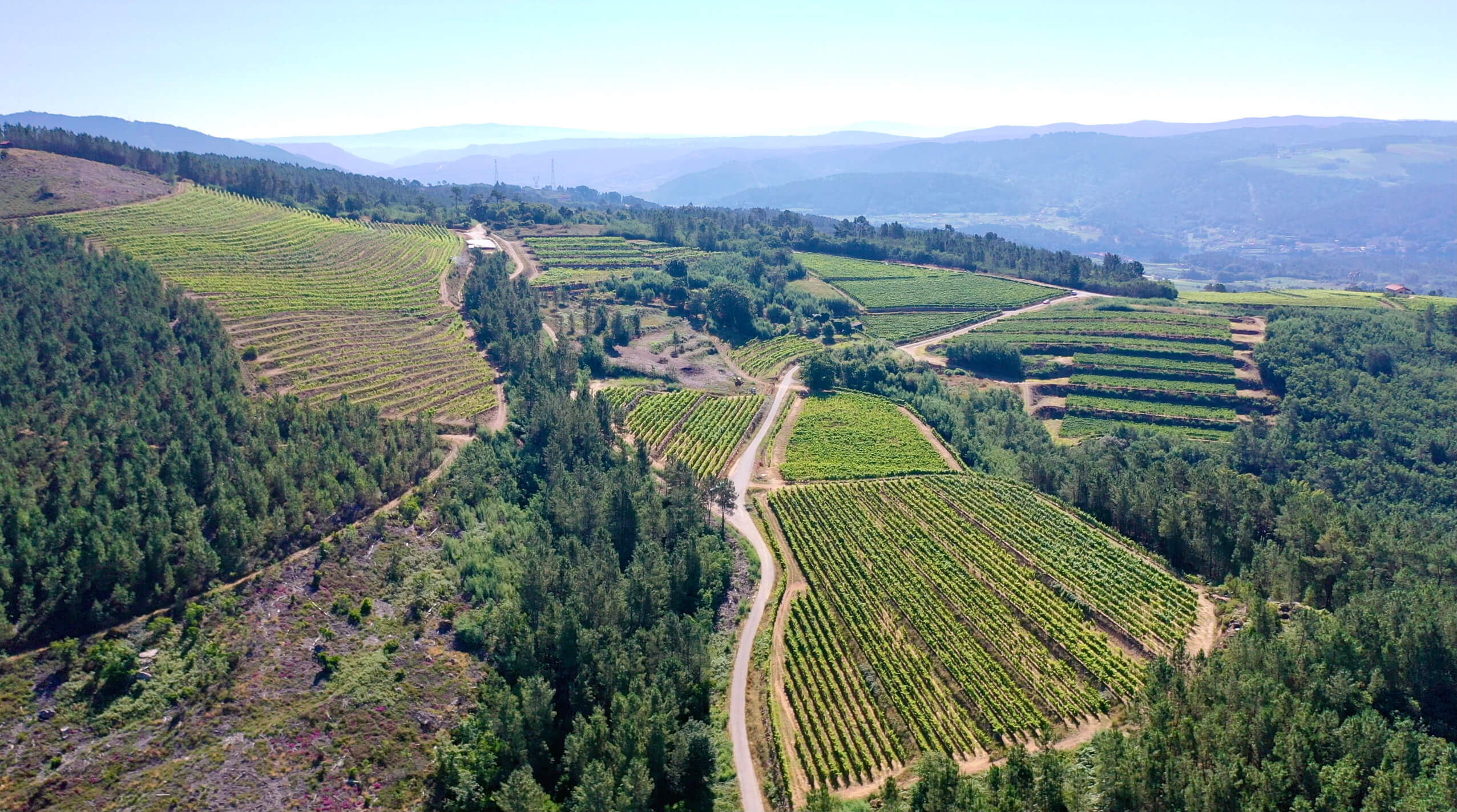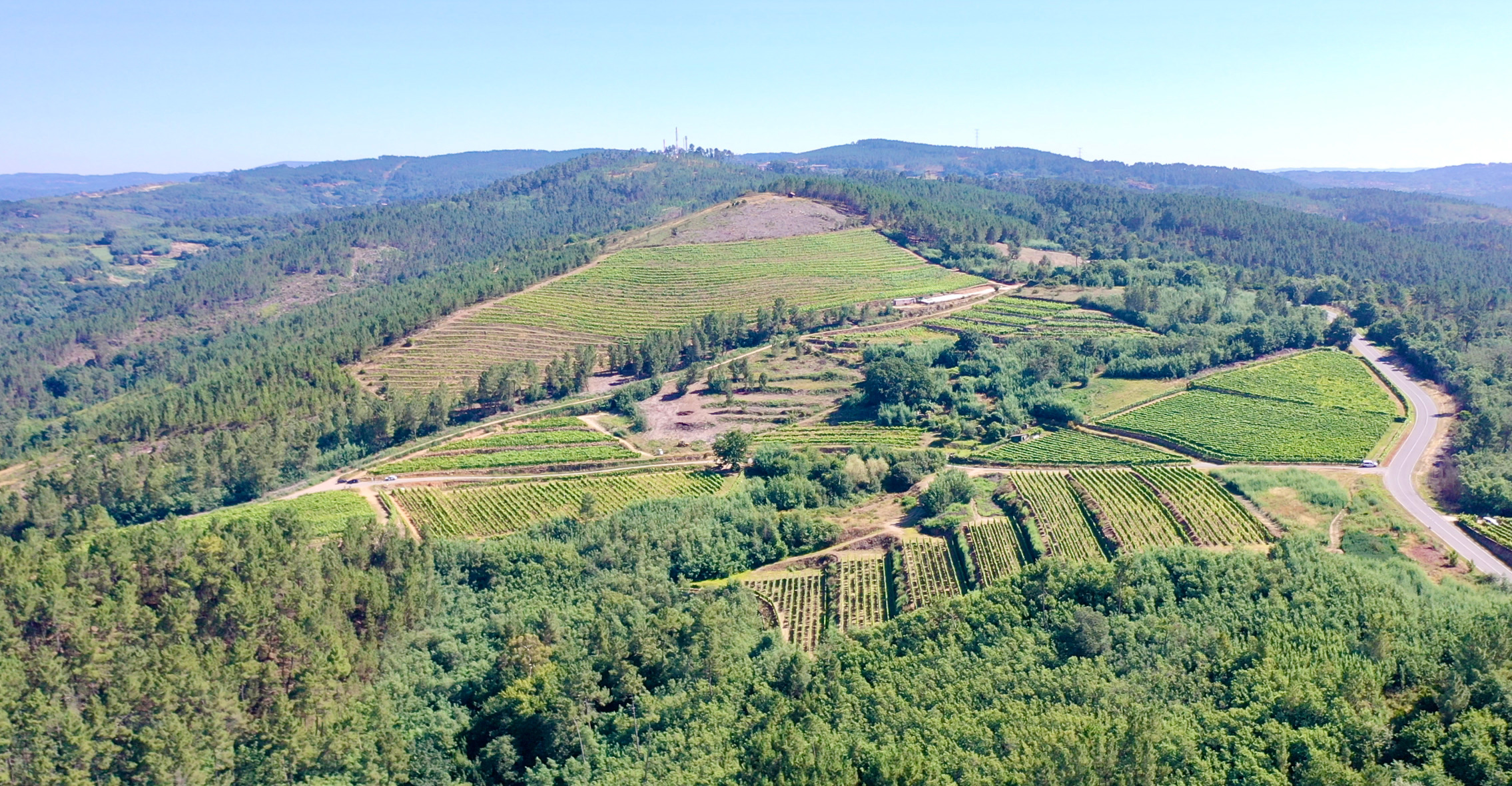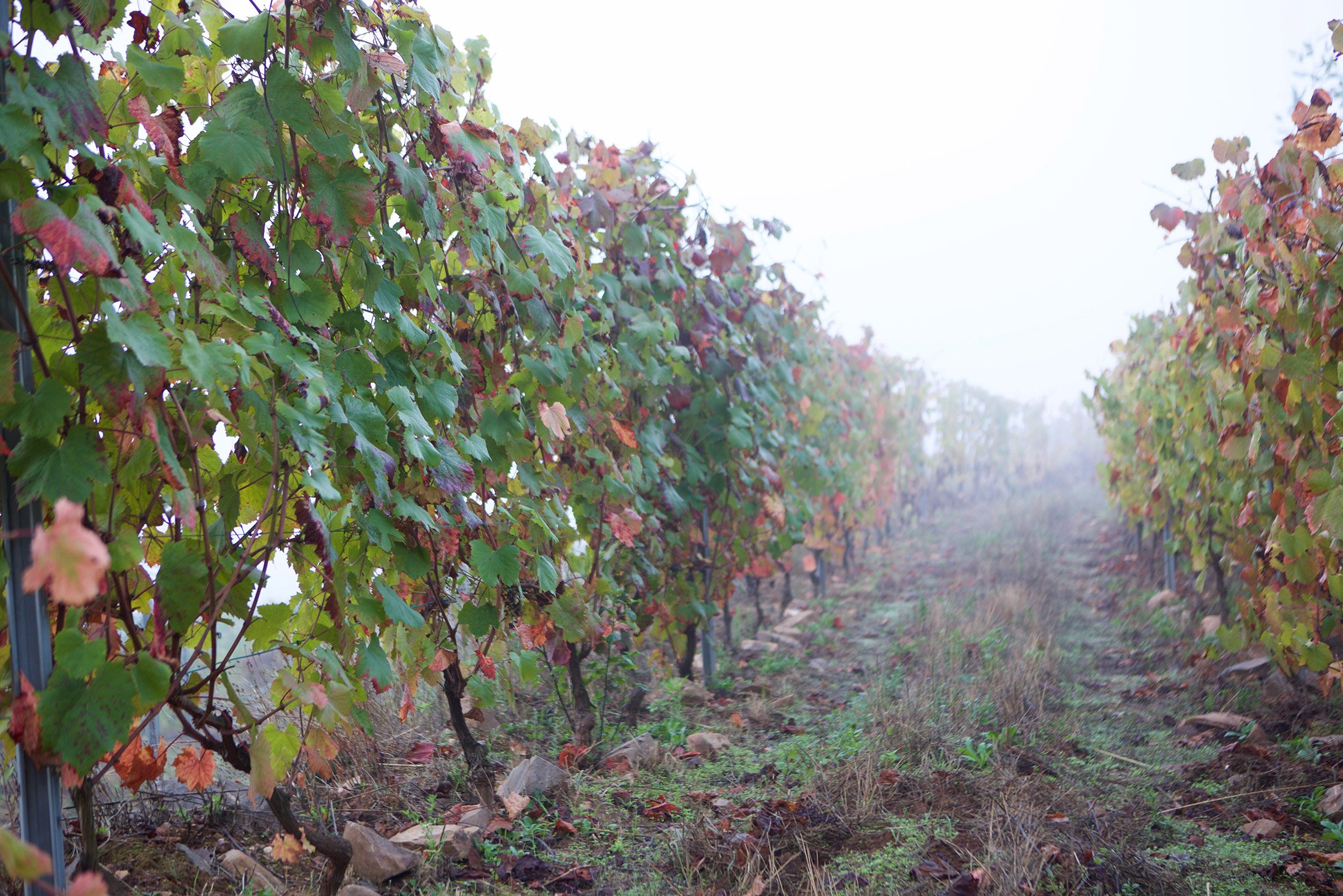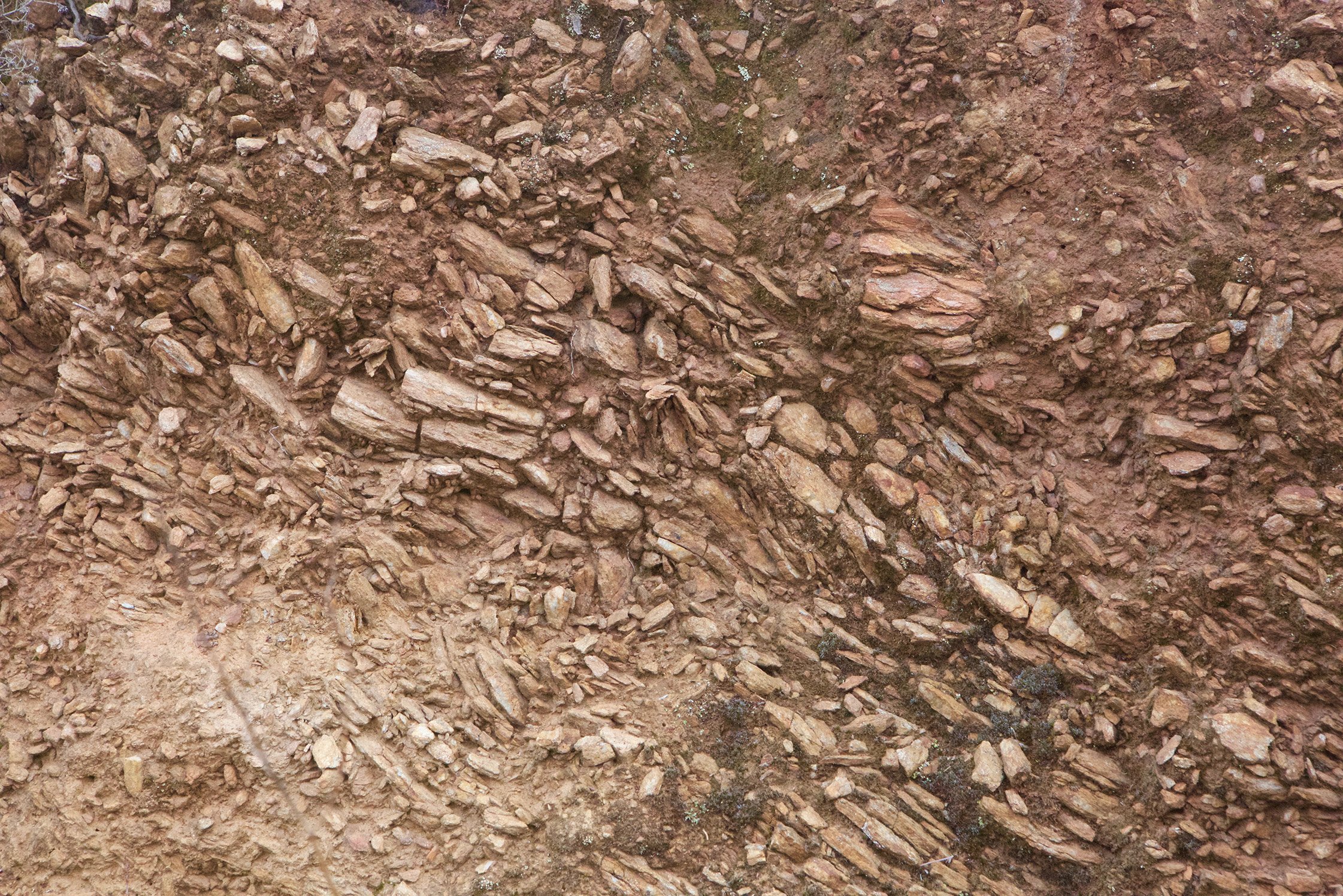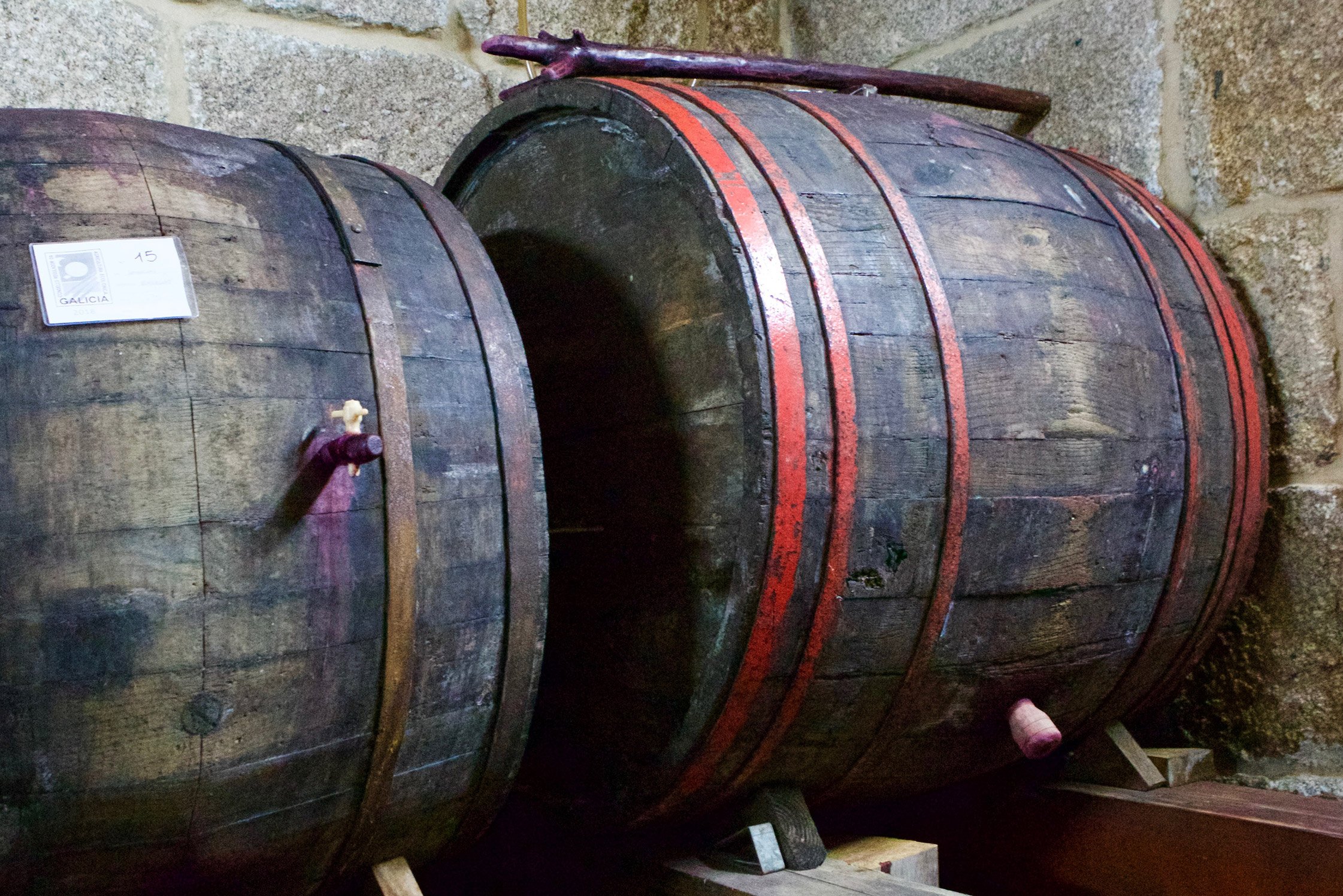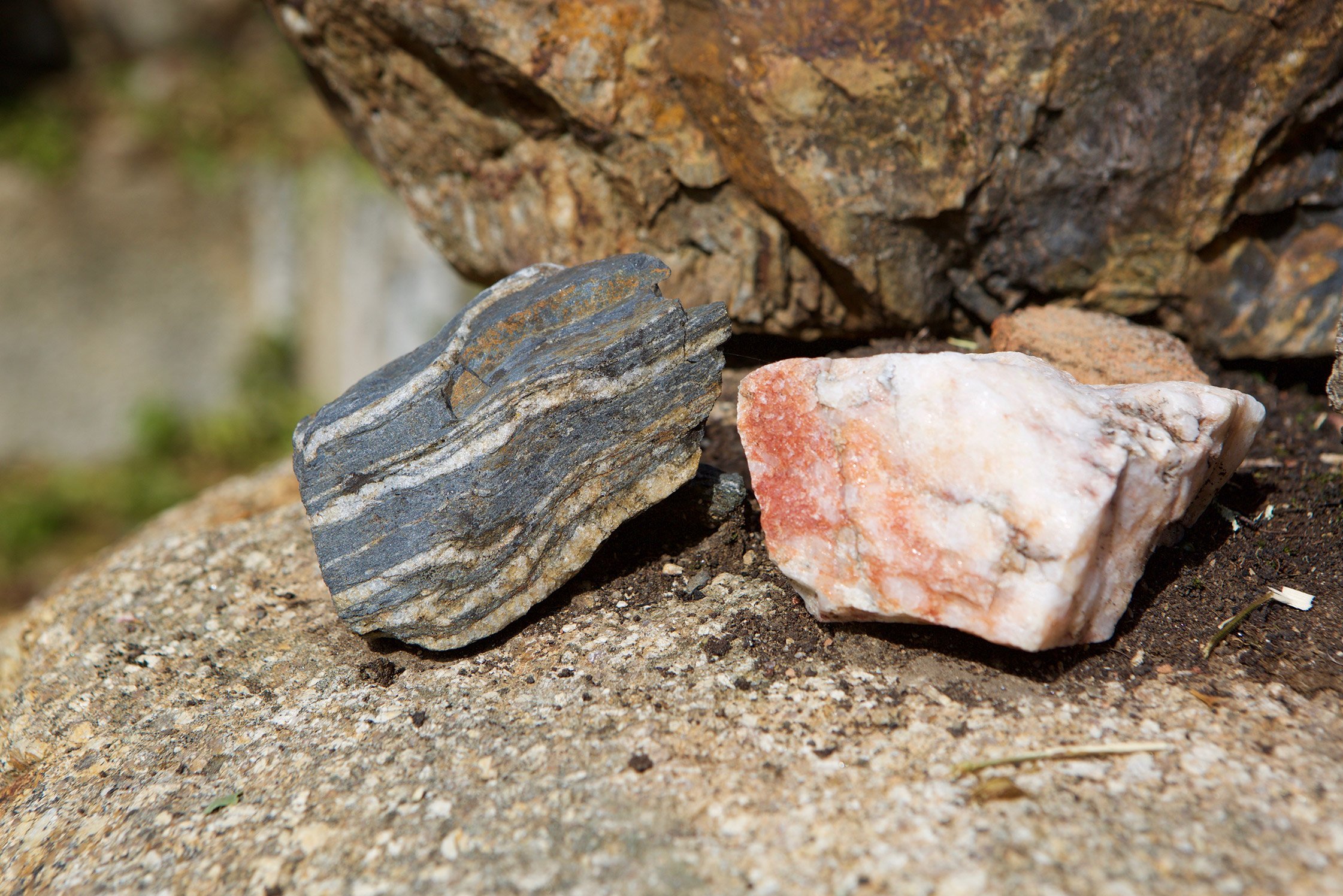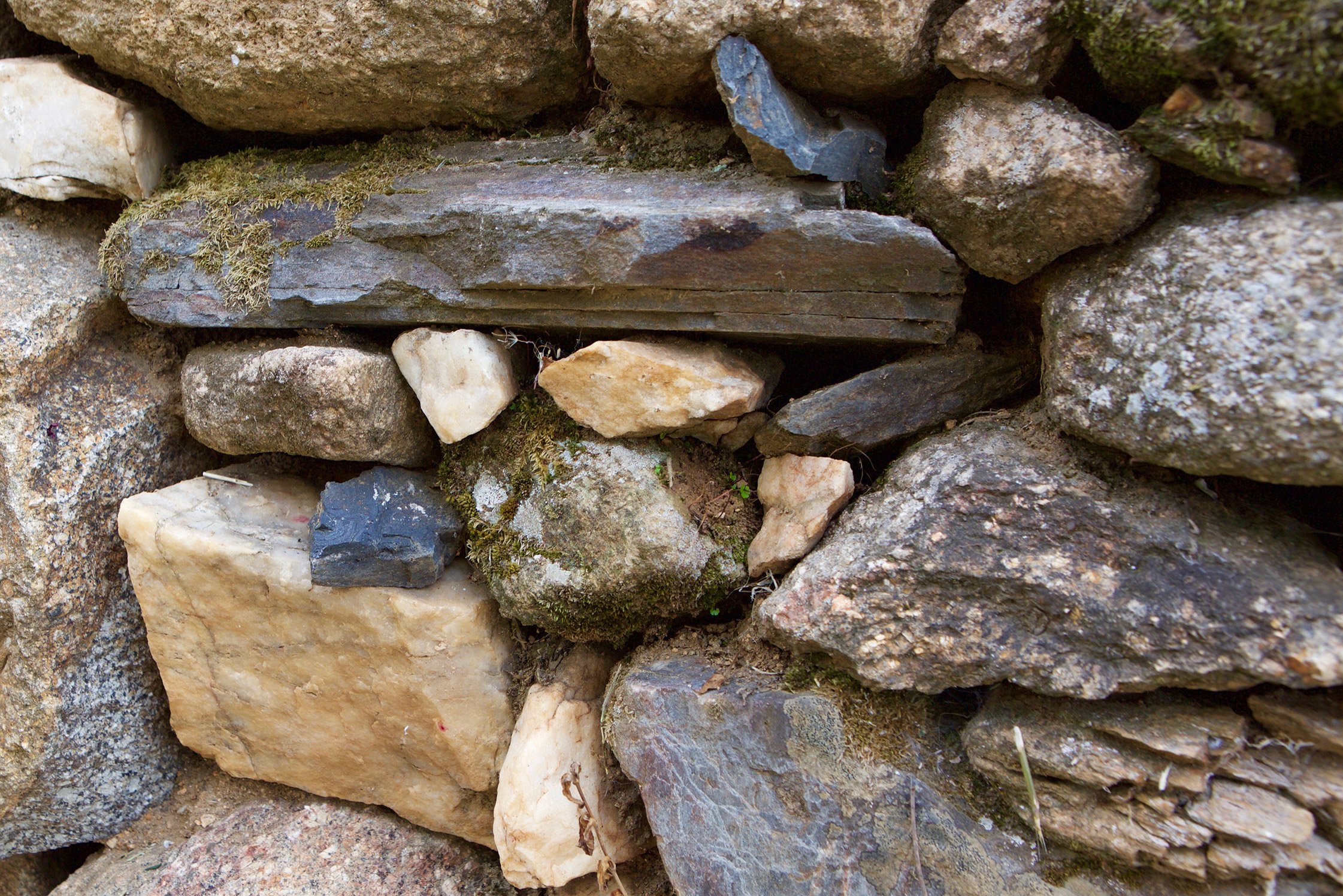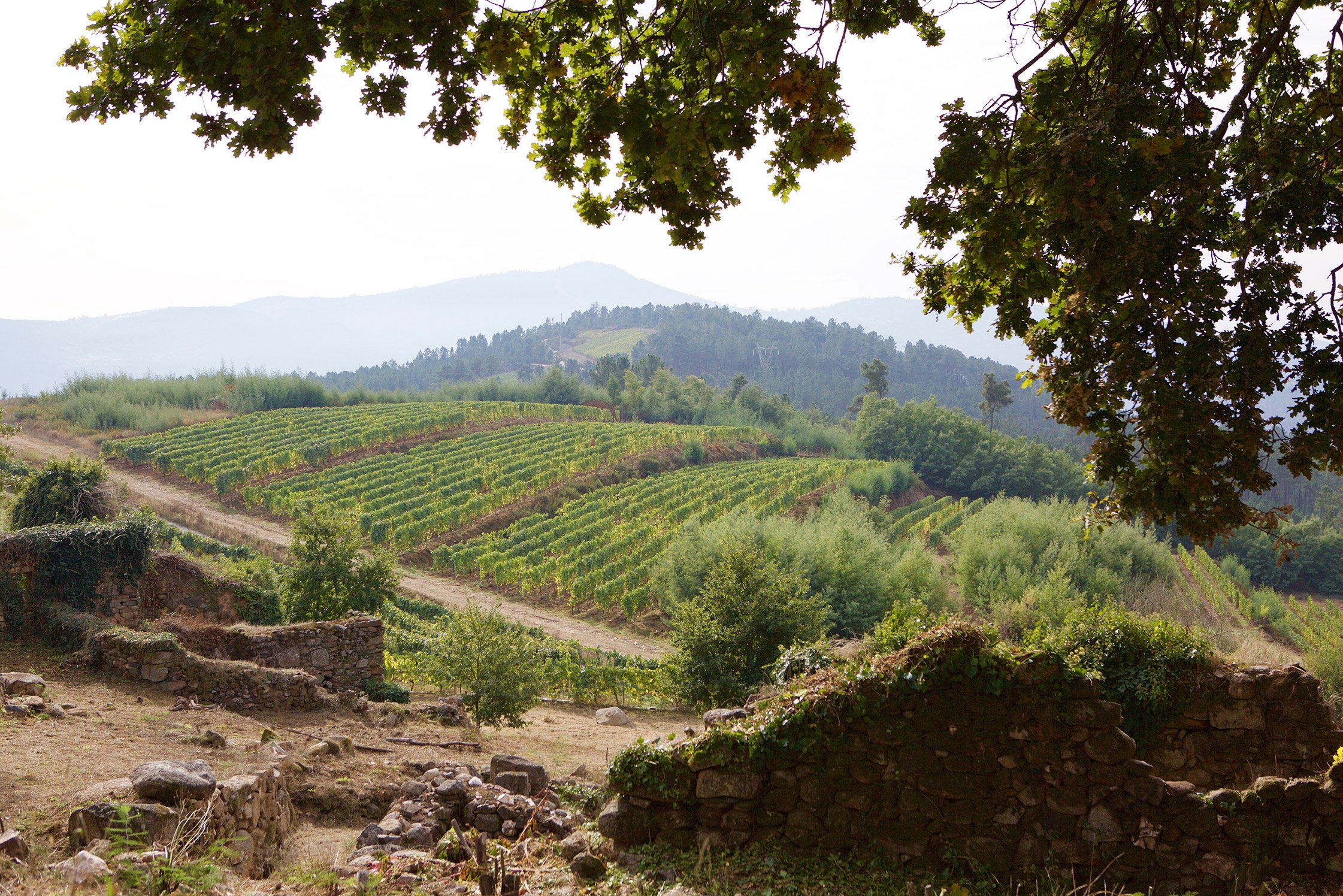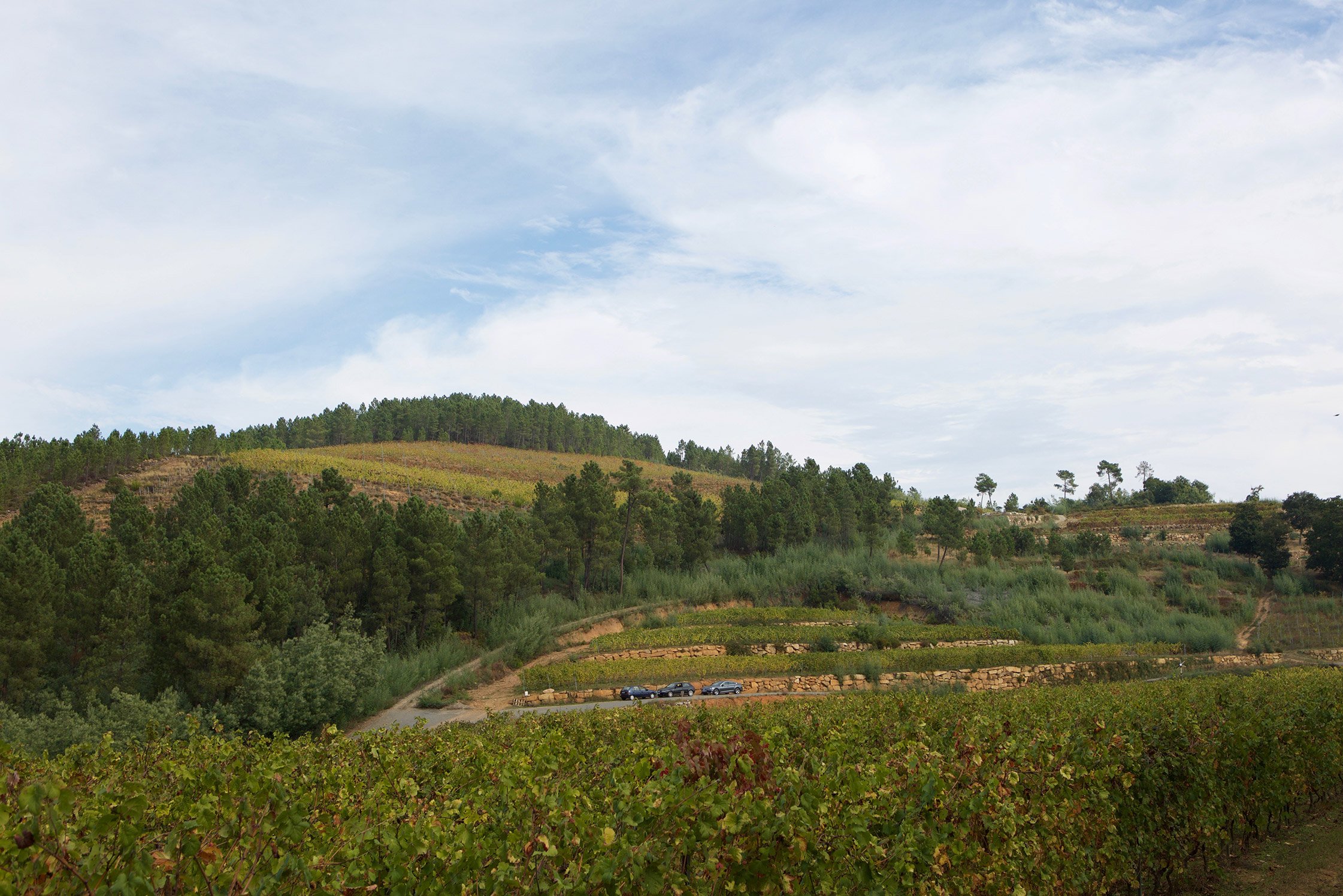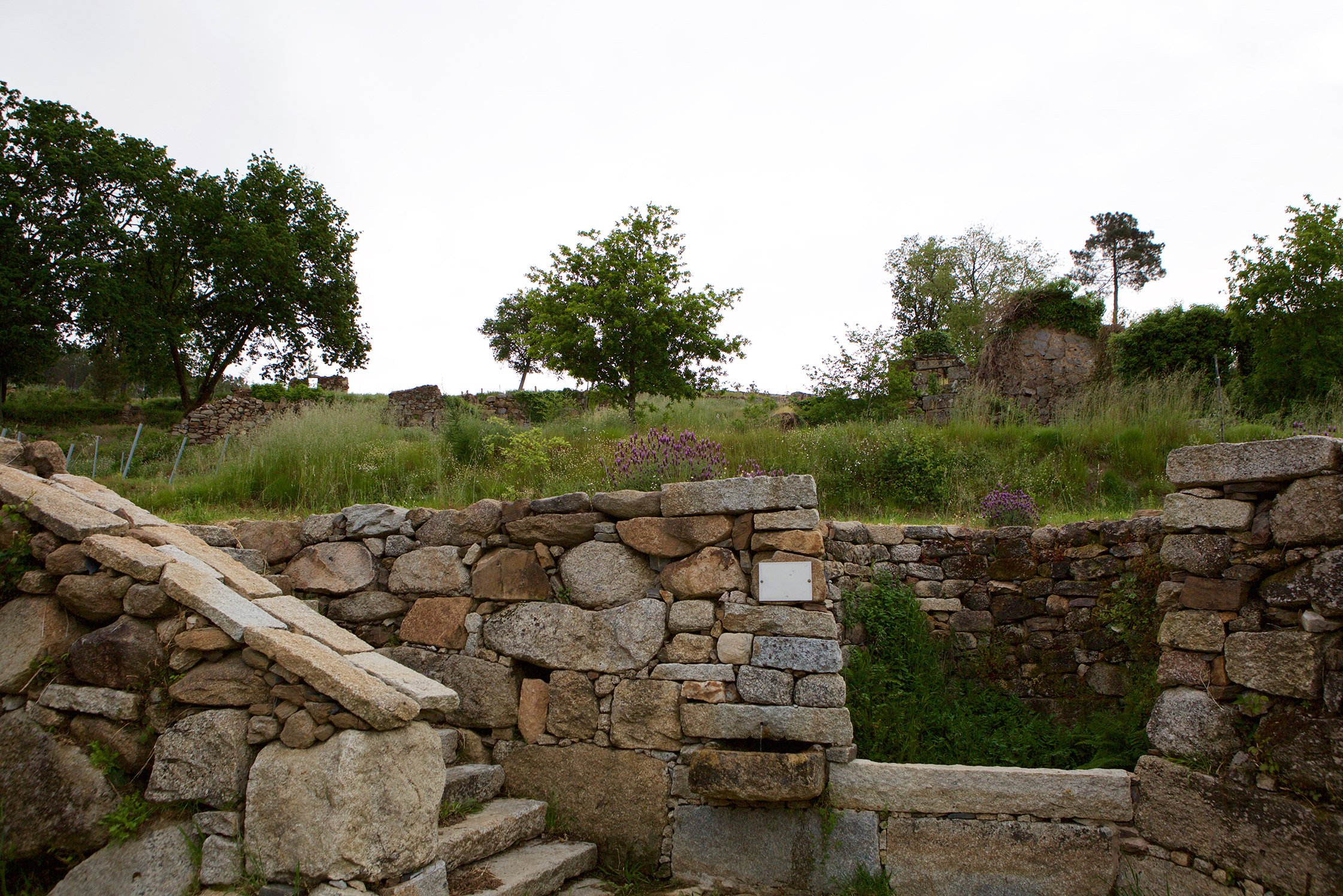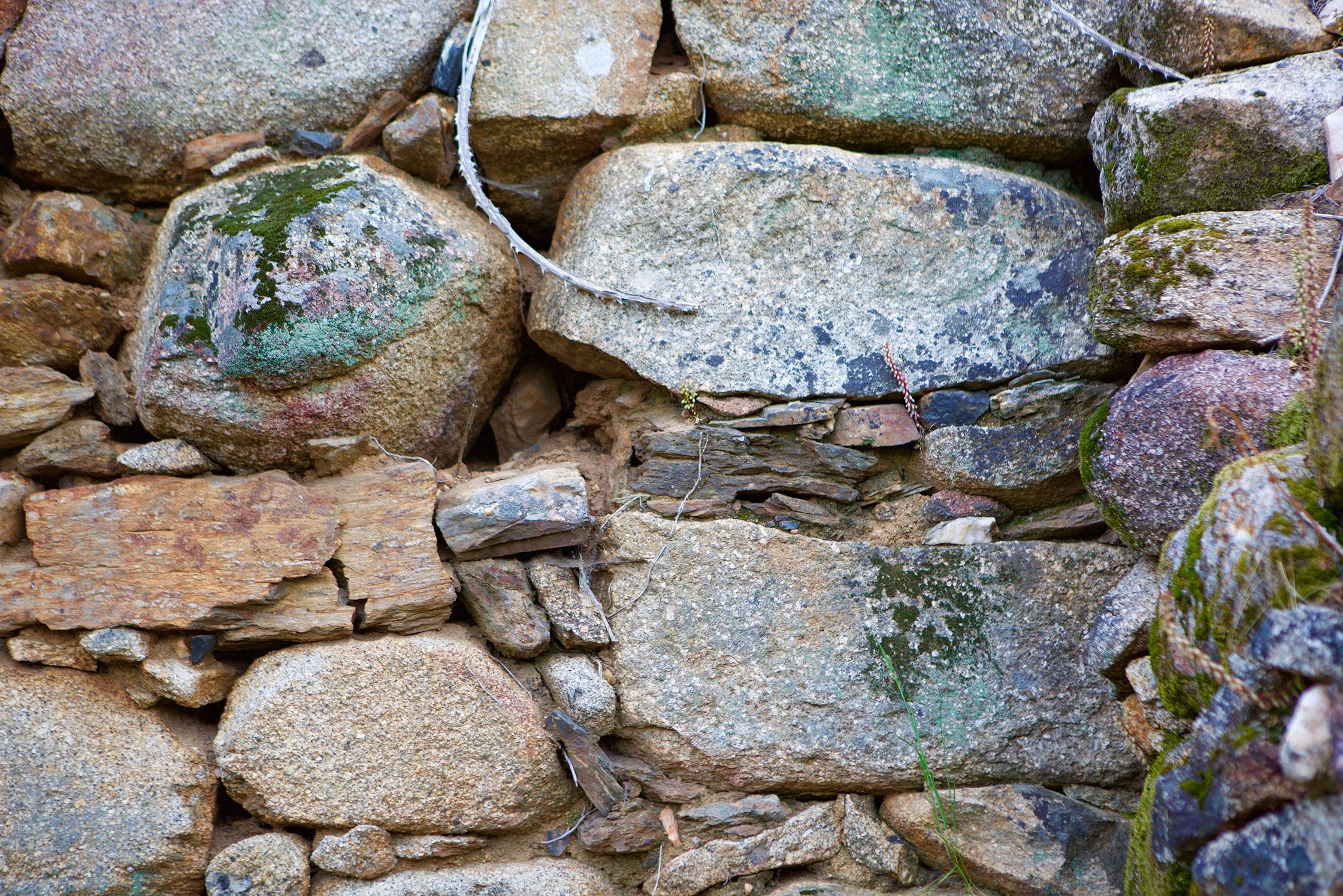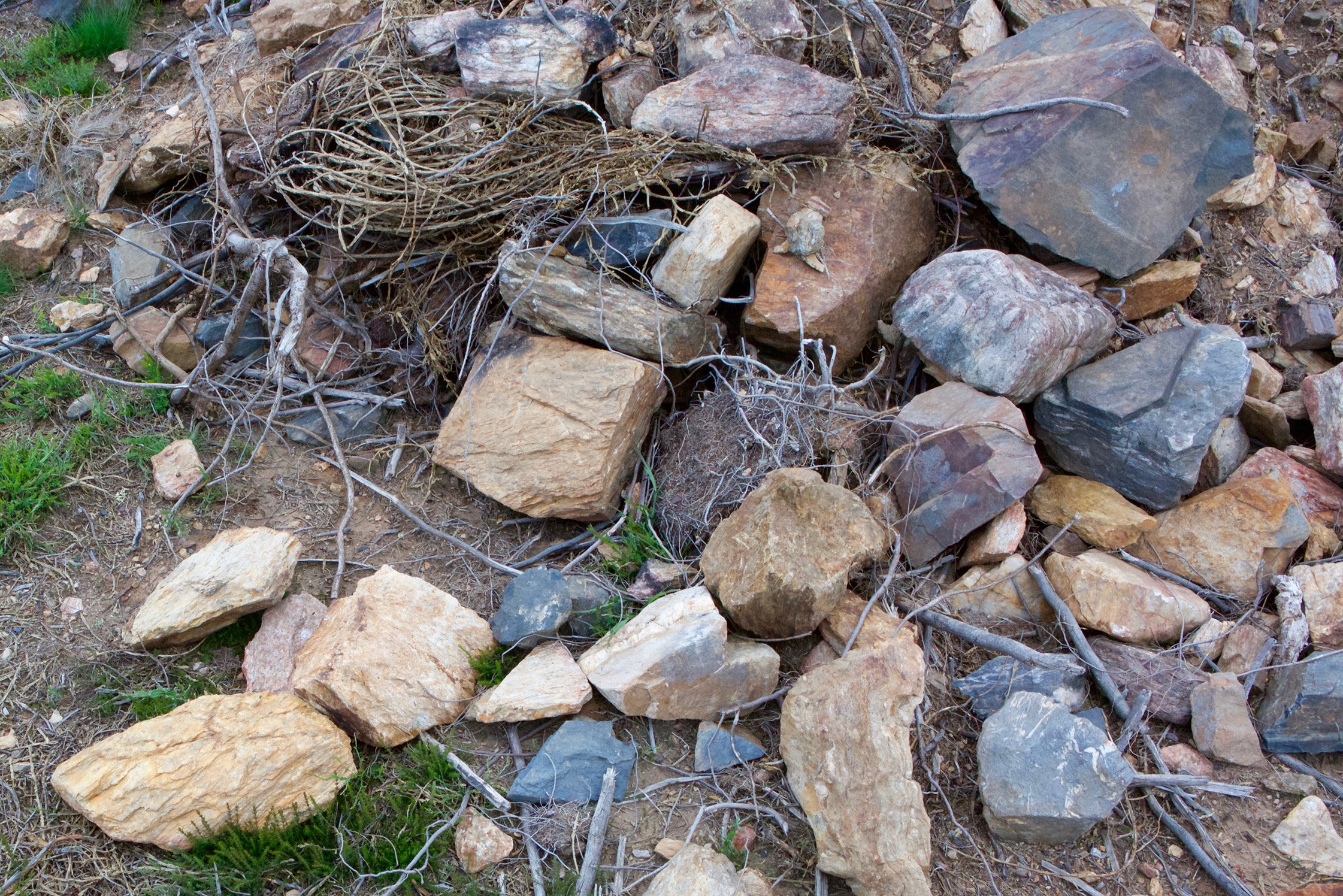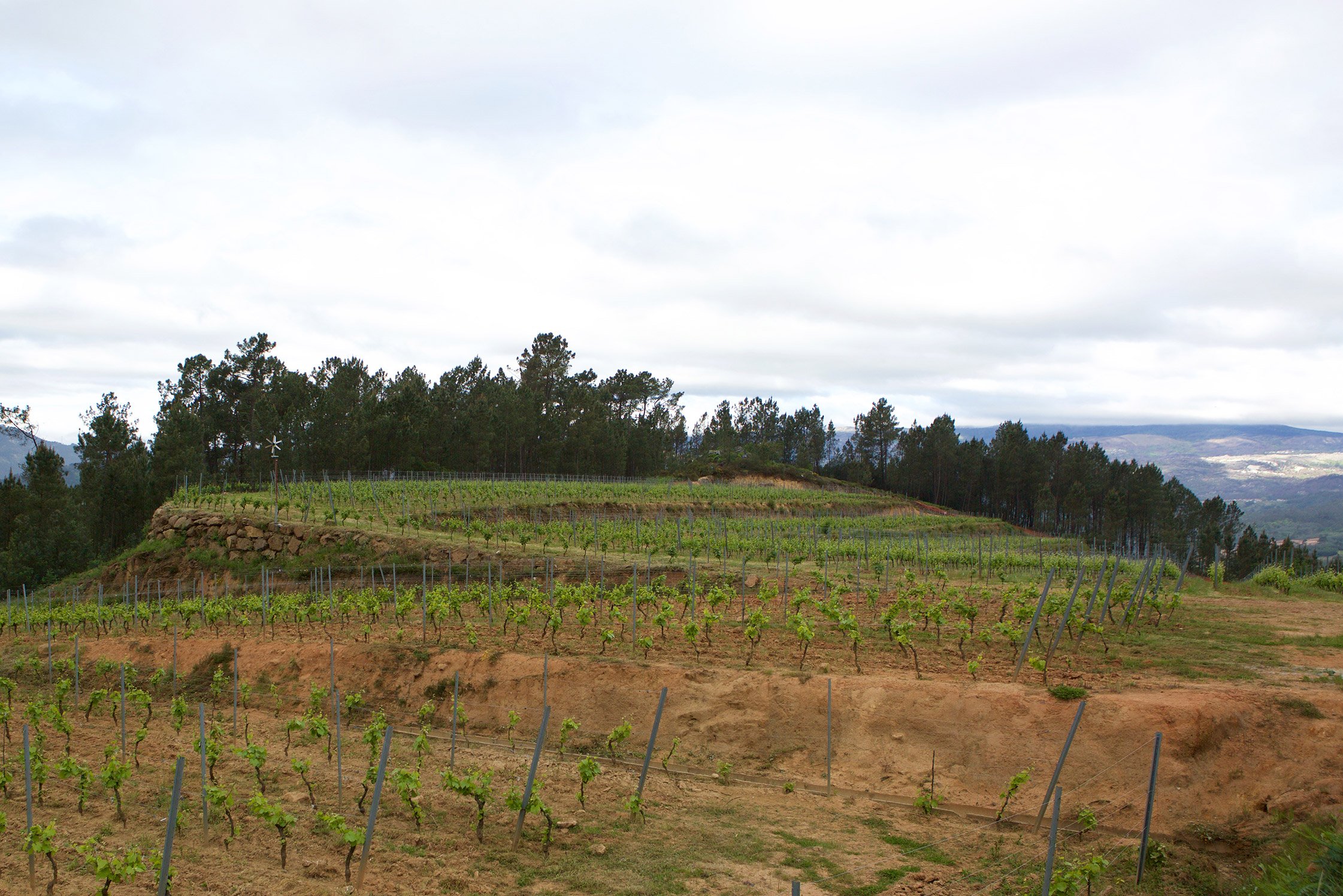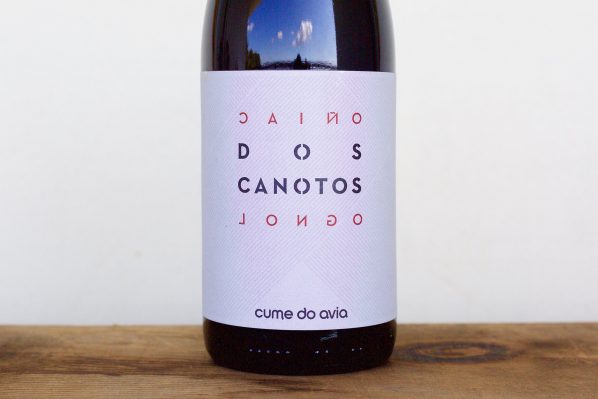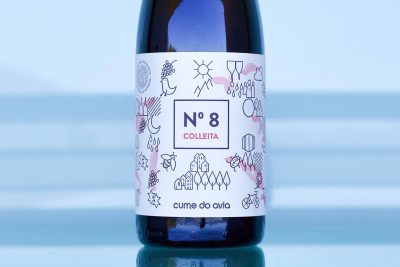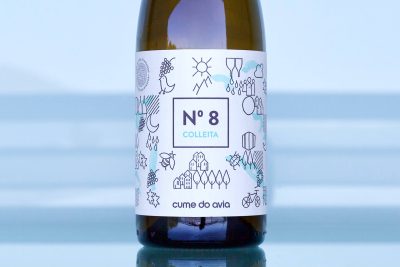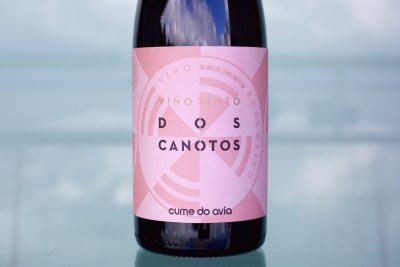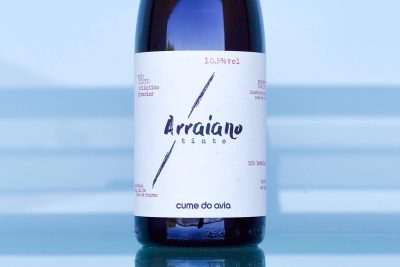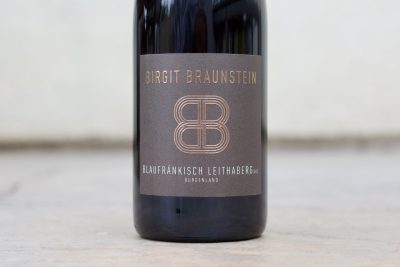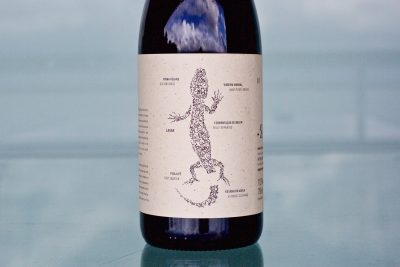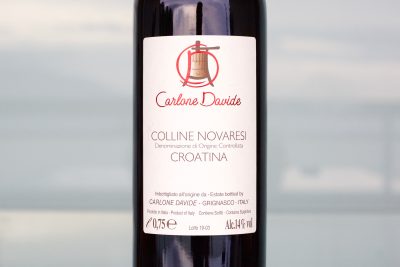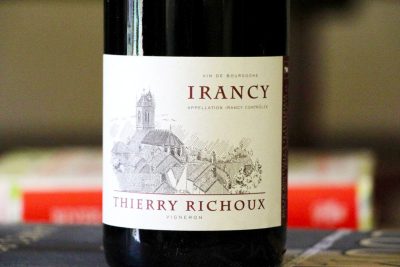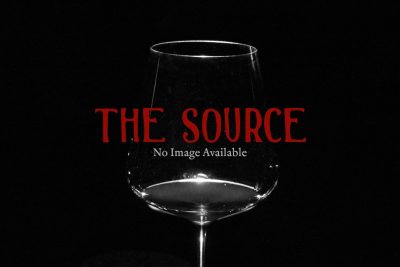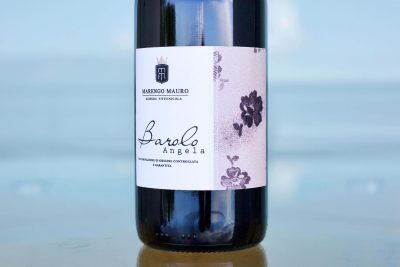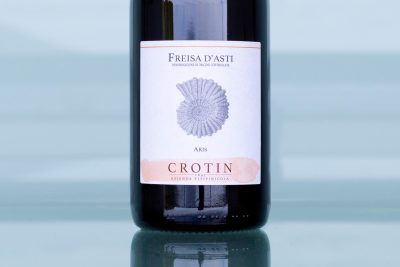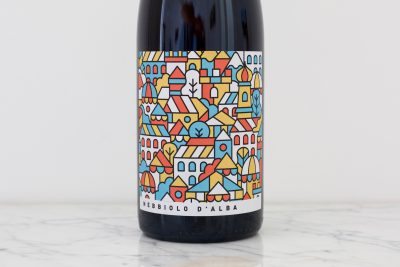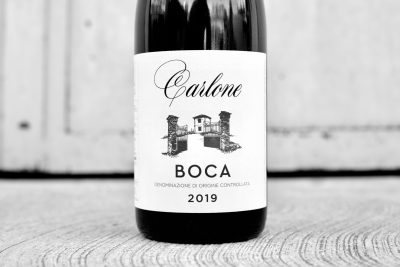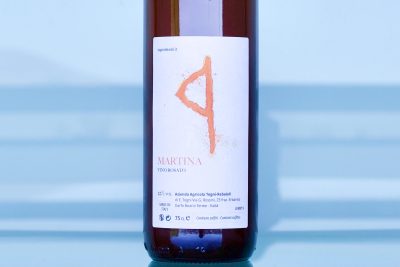About The Wine
It’s hard to imagine a more compelling prospect in the resurgence of the Spain’s Ribeiro (and perhaps within Galicia) than Caiño Longo. If there were ever an extroverted bright light within all of the noble red grapes of the world, this could be a contender for the top prize. Cume do Avia’s interpretation is almost outrageous and appears to be some kind of mythical legend from fantasyland.
Notoriously aromatic and intense, this Caiño Longo is grown on a mix of granite, schist and slate soils, and it’s a lightning bolt of freshness with an atomic level of expansive energy. In its youth, it bursts with a broad, mouthwatering spectrum of piercing lines, sharp angles, seductive curves and concentrated energy. (These descriptors may seem indulgent, but this wine is like a high-grade stimulant for the nose and mouth.)
The first time I tasted Cume do Avia’s Caiño Longo from a restored chestnut barrel over a hundred years old was a hair-raising and somehow illusory experience, despite being one of the most vivid moments of my entire wine career—(link: see the story in their profile). Instantly smitten by its flamboyantly profound beauty and depth, I asked if it was made from old vines and was surprised when I was told that they were planted in 2008 and 2009. Its sappy palate and lengthy finish is deceptive and easy to associate with a wine rendered from ancient vines whose experience and energy is spared for fewer but more concentrated grapes.
Uniquely balanced, this wine is yin and yang, deafening noise and silence, virgin and pornographic. What Didier Dageneau pioneered with Loire Valley Sauvignon Blanc in the 90s, Cume do Avia’s Caiño Longo is a torchbearer of red wine extremity with supreme balance.
The “by the book” enology university professors would likely denounce this wine, whose lab numbers (see further below) read more like a white wine from a cold climate, and burn it at the stake. However, the makers don’t have some sort of pretentious agenda here; they’re simply embracing a sort of beautiful extreme, a discovery of the unadulterated nature of a unique grape with a distinguished personality. Like all the indigenous grapes of the Ribeiro that have nearly lost their historic reference, the crew at Cume do Avia wants to be led by the terroir each varietal in grown in rather than attempting to force square pegs into round holes.
One intention with their red wines is to entice their local market of white wine and beer drinkers who remain loyal to their refreshing drinks most of the year (even when it’s frigid and wet) and may scoff at the suggestion of moving on to a red wine later in the evening. In the process, they’ve discovered a range of wines that are exuberant, generous and joyful, with ceaseless energy and that express unique regional complexities. Caiño Longo is the brightest light, and once the cork is pulled every bit of this wine’s octane keeps you on the edge of your seat until after the last sip.
(See a 3D map of the vineyard here. The vineyards are only to the left of the main road.)
More information: According to Diego, Caiño Longo is one of four different Caiño grapes grown in Galicia. Caiño da Terra and Caiño Redondo are more commonly found in Rias Biaxas and are very similar to Caiño Longo, but have a tendency toward slightly more balsamic notes within the fruit character; whereas youthful Caiño Longo is red fruit all day long. The fourth genetically related Caiño is not known by this name, but under another grape name, which I have yet to find. Diego described Caiño Longo as, “the best agronomical variety. It is capable of reaching an exceptional quality, and maintains high acidity with great phenolic maturation with quantity.” This grape is also known by many other names in Portugal, but one of the most common is Borraçal.
Those crazy numbers: Around 12.00% alcohol, 3.10-3.20 pH and 8.0+ grams per liter of titratable acidity (“ta,” or often referred to as total acidity), and all this even after fully completing malolactic fermentation and nearly half of the fermentation done with whole clusters—both of which usually raise a wine’s pH between one tenth and two tenths of a point with potentially big conversions on the acidity as well, depending on the grape. There are few enjoyable red wines like these in the world with these kinds of Riesling and Champagne numbers.



